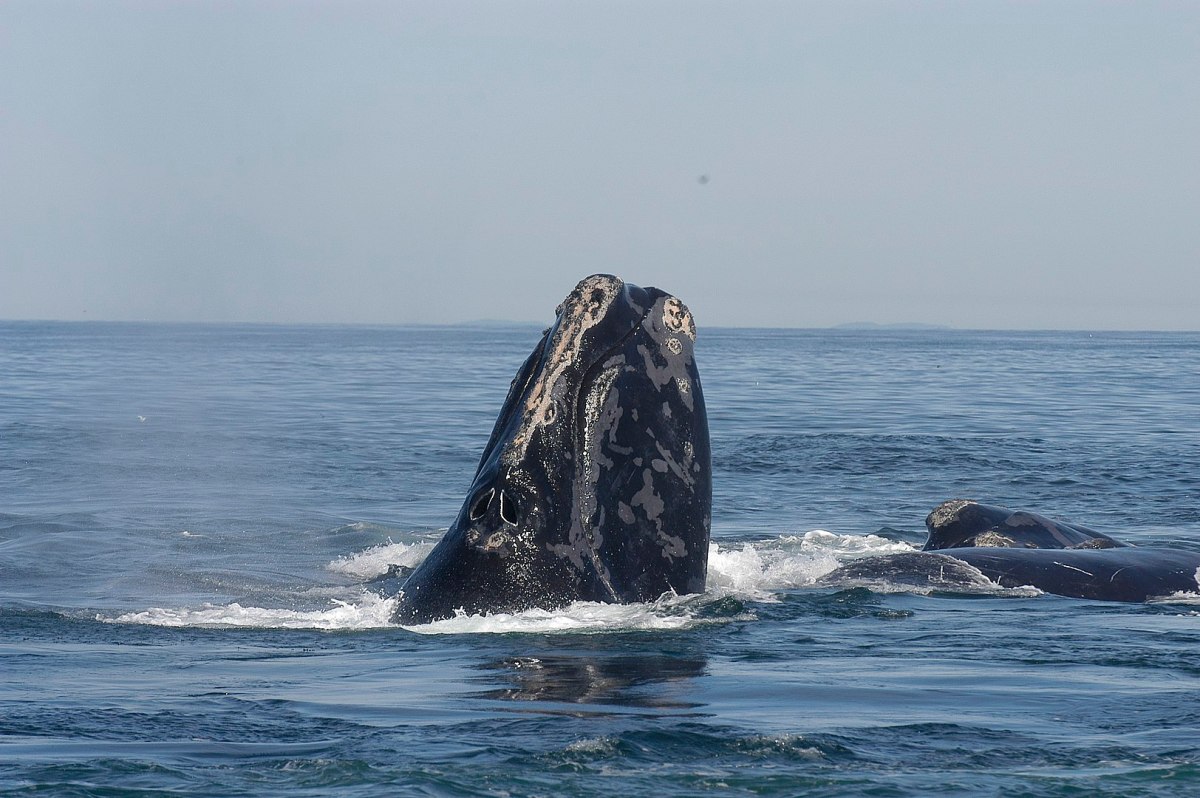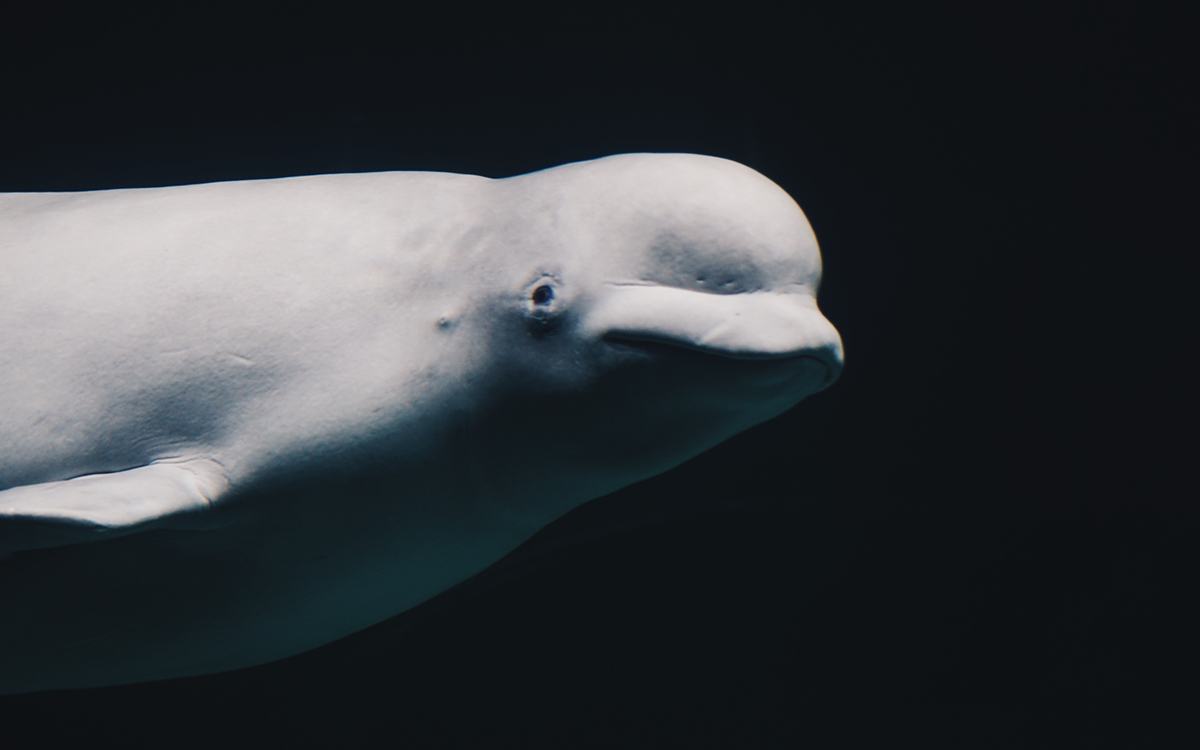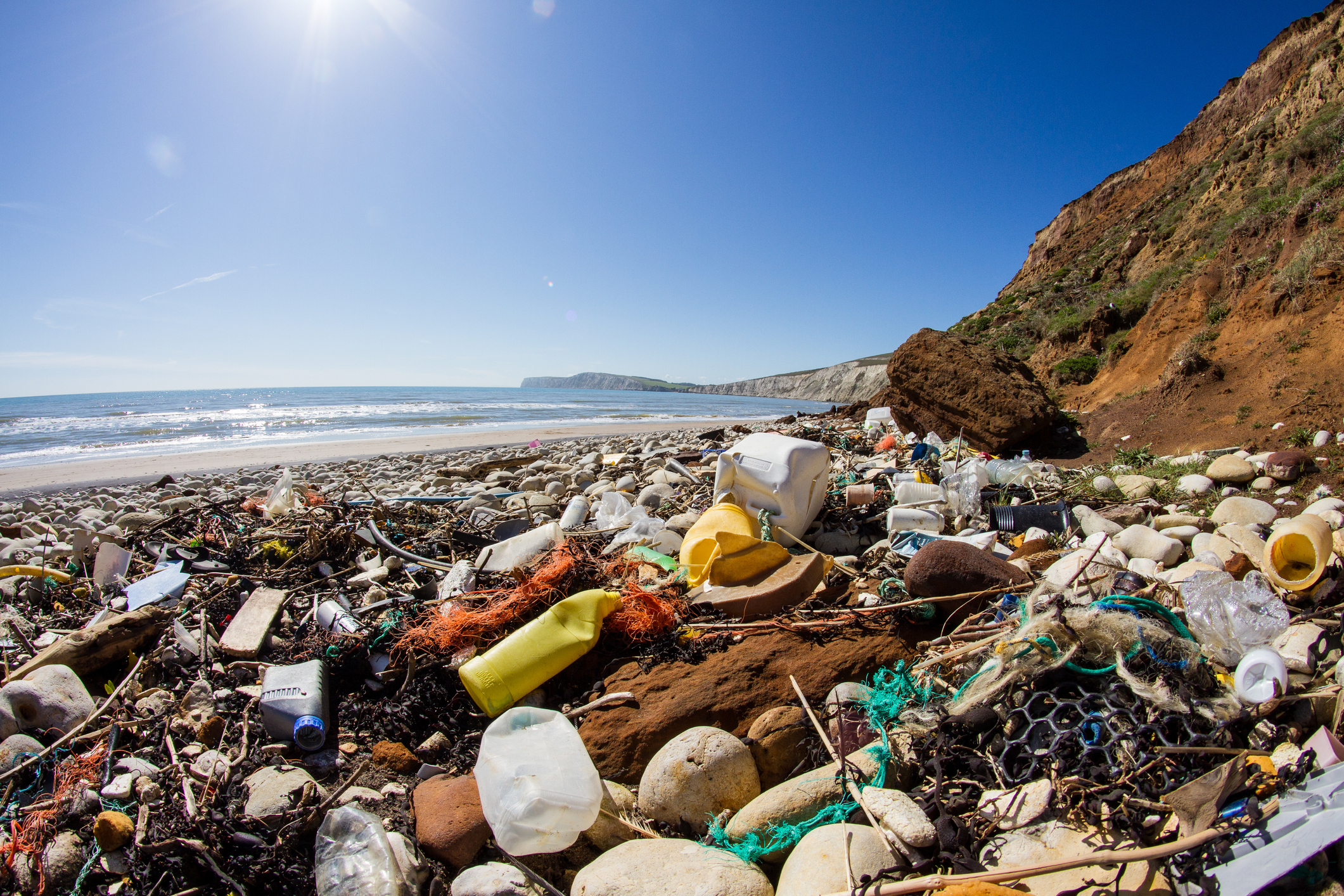The North Atlantic right whale is one of the largest species of aquatic mammals currently found in nature. It’s also one of the most endangered: a recent estimate from the North Atlantic Right Whale Consortium revealed that there are only 356 left. A report from the Smithsonian chalked up the reasons why this species is at risk: largely, collisions with boats and entanglement with fishing equipment. It’s a worrying status quo for the species and for anyone concerned about marine wildlife.
Making matters even more alarming is the fact that the population decline of North Atlantic right whales is accelerating. At The Guardian, Leyland Cecco has more details on this alarming statistic — including what’s prompted it and whether or not it can be stopped.
Cecco writes that the population of 356 is down from an estimate of 409 last year — and of those, only about 70 are females capable of reproduction. In practical terms, that means the species could be extinct in between 10 and 20 years.
Researcher Philip Hamilton notes that the whale population has been this low before — and was able to rebound. But in order to do that, a multi-pronged approach is needed. The Guardian‘s article notes that the Canadian government has enacted some laws to protect the whales, but some question whether they could go even further. Climate change has also had an adverse effect on where the whales currently eat, making matters even more complex.
Can the North Atlantic right whale be saved? If the answer to that question is going to be “yes,” it’s going to require a lot of effort to improve conditions in multiple areas. It’s far from an impossible task, but neither will it be easy.
Thanks for reading InsideHook. Sign up for our daily newsletter and be in the know.
















